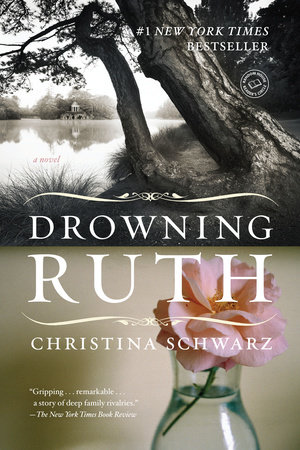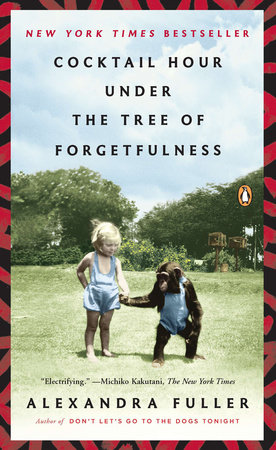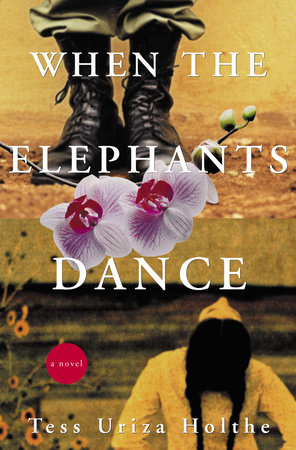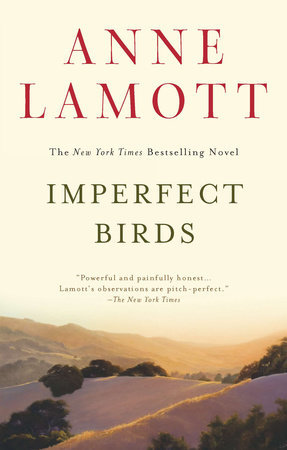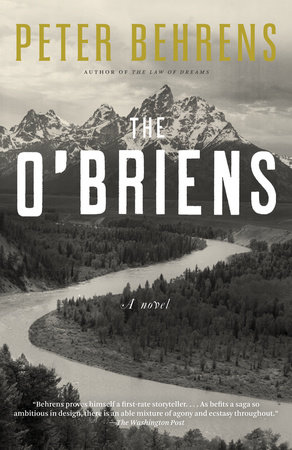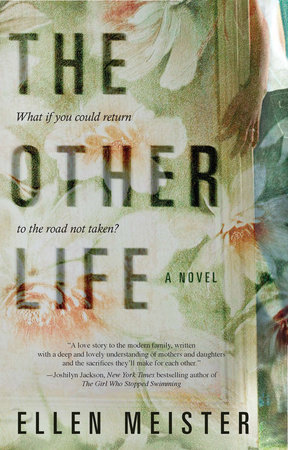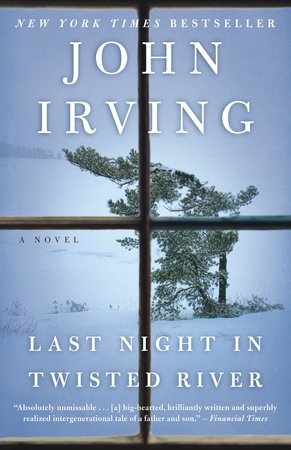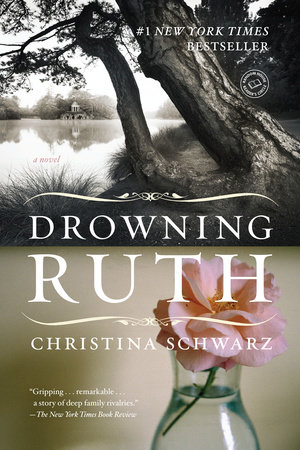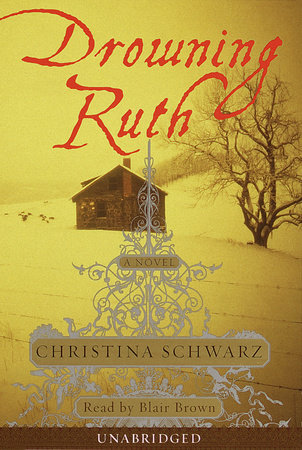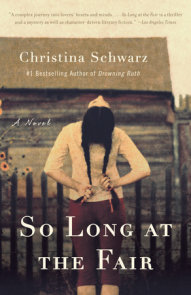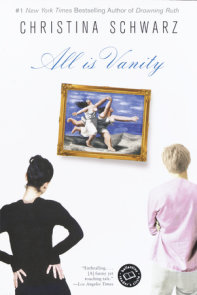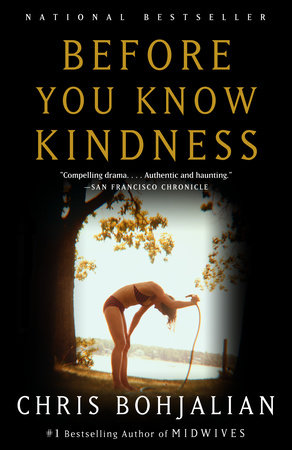Author Q&A
In the following letter, Christina Schwarz takes the opportunity to answer some of the many questions readers have asked her in letters and in person since the publication of Drowning Ruth.
Dear Reader,
Drowning Ruth began because, as a child, I had a mysterious neighbor. She was a sort of Boo Radley character, reclusive and unknowable. People talked about her, but not directly to her, as far as I knew. My great aunt had been acquainted with her when they were both young. She’d wait in the car, Aunt Margaret said, while her husband went to parties.
To adults, I understand now, this woman was merely eccentric, probably agoraphobic, but to a child, she was fascinating. She had a huge house and lots of property surrounded by a chain-link fence. She kept two white German shepherds, which barked at anyone who passed along the road. She had outbuildings, one of which I was told (or perhaps I’d simply decided) was an aviary. And she was rumored to have shot a BB gun at teenagers who tried to cross her lakefront yard. She also mowed her lawn on a riding mower, her face hidden by a floppy sunbonnet, but somehow this normal behavior made her even more interesting–she was almost, but not quite, like everyone else.
I first thought I would make up the story of her life, full of tragic betrayals that would cause her to want to have nothing more to do with other people. I would begin with her childhood and follow her until she was eighty, ensconced in that house, reaching for a BB gun whenever she spotted some children sneaking around the perimeter of her lawn.
It didn’t work. For one thing, I kept getting stuck when my character, who eventually became partly Ruth and partly Amanda, was in her thirties–my own age. But thinking about her helped me generate the world that Drowning Ruth’s characters would eventually inhabit. Very early on, I wrote the scene in which Ruth watches Imogene at the dance. And then I wrote another scene with Ruth and Imogene and Arthur, something about a driving lesson; a scene that is now stored in a long file box, along with lots of other scenes that in the end wouldn’t fit into the book. I thought about Ruth as a little girl. What would her childhood be like? Who would take care of her? I remembered a foster child who would wait for the school bus with me when we were children, but then get on a smaller bus that would take her to a different school; she was another fascinating, mysterious person, and thinking about her helped me write the chapter in which Hilda comes to stay with Ruth. I also thought of a story my father had told me about a brother and sister who’d raised two adopted children together on a farm, when he was growing up. From this, in a way, Amanda and Carl emerged– they were brother and sister at the start.
Once Amanda had distinctly arrived, she took over. I could hear her voice quite clearly, always her tone, and often her harsh, sardonic words, and I quickly grew very attached to her. Because her voice was so vivid, I started writing scenes in the first person. I particularly like the idea that a novel can show several interpretations of a single event, and alternating first person with third person helped me do that.
For awhile, I wasn’t sure whether Amanda was Ruth grown up or Ruth’s guardian. Even though, literally, she turned out to be the latter, in some ways, I suppose she is both. I wanted Ruth to echo Amanda, both because Amanda raises her and because of their genetic connection. In a larger way, too, I wanted to imply repetition in this novel, which is one of the reasons I set the book between the two world wars. Although I don’t know enough to be sure it’s true, I’m intrigued by the notion of human events moving in cycles, because of the way one generation inevitably influences the next.
I realize now that I used impressions from my childhood for Drowning Ruth, because everything seemed so dramatic then, when I didn’t understand the mundane underpinnings of events and relationships. This attraction to things I don’t thoroughly comprehend is also the main reason I set my story in the past. My father’s side of the family has lived in southeastern Wisconsin for generations, and my ancestors have long had an intimate connection to the lake on which I modeled Nagawaukee. I lived for the first ten years of my life over a boathouse that was originally part of my great-great-grandfather’s summer estate, the main house of which was the model for the Owens’s house. Stories about the place, from my great aunt, my grandmother, my father, and my uncles, were inescapable. To me, separated from those times by at least a generation and hampered by a child’s limited understanding, these stories were vague. They weren’t narratives so much as splotches of color and patterns of light and shade, peopled with characters with names like Bub and Hep. The stories gave me a vivid sense of a world I could never quite know; a place that draws me, precisely because it will always elude my grasp. Beyond a detail here and there–the culverts on the school playground, the couple that meet and fall in love at a parade, the double-decker excursion boat–nothing in Drowning Ruth is true, but the sense of the place and time, I think, is right.
I wouldn’t say Drowning Ruth is a historical novel, only that its setting is in the past, and I hope my characters think and behave in a way that’s appropriate to their time and not to ours. I needed to set the story in an era in which Amanda could do something that she and her community would find shameful, but that would not make her monstrous. It would be possible to create such a situation now (although unwed motherhood would certainly not suffice), but I think that, in general, people today are more forgiving of others and of themselves, which may or may not be good for their psyches, but which definitely weakens dramatic tension.
I researched facts mostly after I’d worked them into the book, based on my general knowledge and my imagination, and sometimes this caused me a lot of trouble. I knew something about influenza during World War I, for instance, partly because Katherine Anne Porter’s Pale Horse, Pale Rider struck me years ago, but long after I’d conveniently disposed of Mr. and Mrs. Starkey in the epidemic, I checked the dates and had to push the whole story back by half a year to make that plausible. In fact, I almost gave up on the idea, since it meant that Mathilda would have to fall through the ice in the winter, instead of off a boat in the summer, and, for about a month, that just seemed unthinkable to me. This shows you how little I knew about the plot as I went along.
In general, plot was the most difficult element for me, which is why there’s a little too much of it in Drowning Ruth. Still, although I love to read books in which not very much happens– Barbara Pym, for instance, is one of my favorite authors–those don’t seem to be the kind of books I can write. At least not now. The novel I’m currently writing is very different from Drowning Ruth, although the main characters, again, are two women who are best friends. It’s about misguided ambition, it’s set in two cities in the present, and, surprisingly, so far it’s turning out to be sort of a black comedy.
Yours very truly,
Christina Schwarz
